Welcome to LaTeX studio!
但是你的上面提供的代码有一些问题:
- 代码没有用围栏式代码框包围起来,这样会损失很多的
\符号。建议学会之后使用“补充问题”功能重新调整你上面的代码... - 代码图片没有给出,这样我需要一个个手动替换
- 代码不完整,提问的代码应该包含你的导言区的有关信息
- “每行中插入的图片与顶部hline平齐,怎样使图片可以居中”此句缺少图示,不一定能令人很好的理解
Anyway,我想下面的链接和例子可以解决你的问题。
\documentclass[fontset=ubuntu,landscape]{ctexart}
\usepackage{geometry}
\usepackage{array}
\usepackage{graphbox}
\begin{document}
\begin{table}[h]
\centering
\caption{这是12个特征信息}
\label{tab:features}
\begin{tabular}{*{5}{p{2.5cm}<{\centering}}}
\hline
特征名称 & Metal & Thicken & Scarepair & Locpoint \\
\hline
特征图像 & \includegraphics[width=\linewidth,align=c,height=2cm]{example-image} & \includegraphics[width=\linewidth,align=c,height=2cm]{example-image} & \includegraphics[width=\linewidth,align=c,height=2cm]{example-image} & \includegraphics[width=\linewidth,align=c,height=2cm]{example-image} \\
\hline
特征名称 & Flowerlinks & Abgirthweld & Abspiralweld &Vent \\
\hline
特征图像 & \includegraphics[width=\linewidth,align=c, height=2cm]{example-image} & \includegraphics[width=\linewidth,align=c, height=2cm]{example-image} & \includegraphics[width=\linewidth,align=c, height=2cm]{example-image} & \includegraphics[width=\linewidth,align=c, height=2cm]{example-image} \\
\hline
\end{tabular}
\end{table}
\end{document}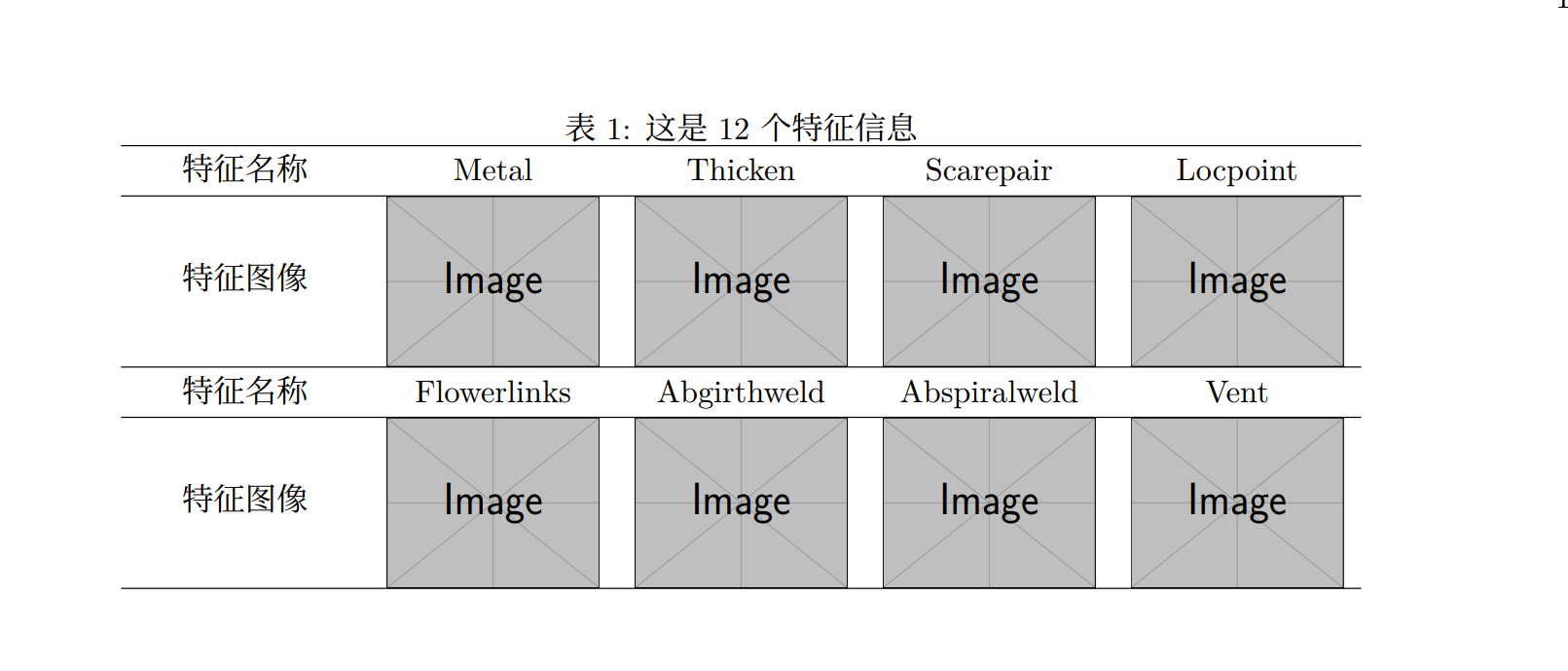
在你这个已有的代码框架下我暂时没什么更好的办法,用了一点不得体之术,如下:
区别在于用\phantom加上两行文字占了位:
\parbox{\linewidth}{\phantom{txt}\\\includegraphics[width=\linewidth,align=c,height=2cm]{example-image}\\\phantom{txt}}\documentclass[fontset=ubuntu,landscape]{ctexart}
\usepackage{geometry}
\usepackage{array}
\usepackage{graphbox}
\begin{document}
\begin{table}[h]
\centering
\caption{这是12个特征信息}
\label{tab:features}
\begin{tabular}{*{5}{p{2.5cm}<{\centering}}}
\hline
特征名称 & Metal & Thicken & Scarepair & Locpoint \\
\hline
特征图像 & \parbox{\linewidth}{\phantom{txt}\\\includegraphics[width=\linewidth,align=c,height=2cm]{example-image}\\\phantom{txt}} & \includegraphics[width=\linewidth,align=c,height=2cm]{example-image} & \includegraphics[width=\linewidth,align=c,height=2cm]{example-image} & \includegraphics[width=\linewidth,align=c,height=2cm]{example-image} \\
\hline
特征名称 & Flowerlinks & Abgirthweld & Abspiralweld &Vent \\
\hline
特征图像 & \parbox{\linewidth}{\phantom{txt}\\\includegraphics[width=\linewidth,align=c,height=2cm]{example-image}\\\phantom{txt}} & \includegraphics[width=\linewidth,align=c, height=2cm]{example-image} & \includegraphics[width=\linewidth,align=c, height=2cm]{example-image} & \includegraphics[width=\linewidth,align=c, height=2cm]{example-image} \\
\hline
\end{tabular}
\end{table}
\end{document}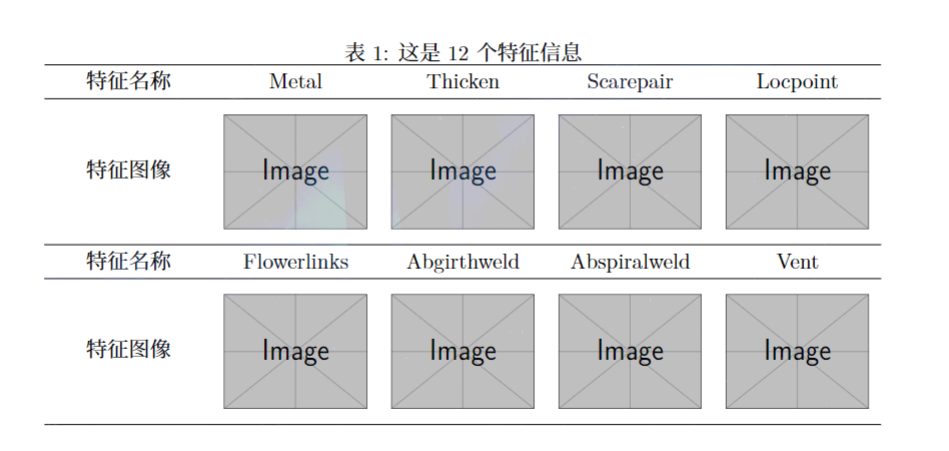
更简易参考上面TSE链接的方法试试好评如潮的tabularray宏包,
Happy LaTeXing!

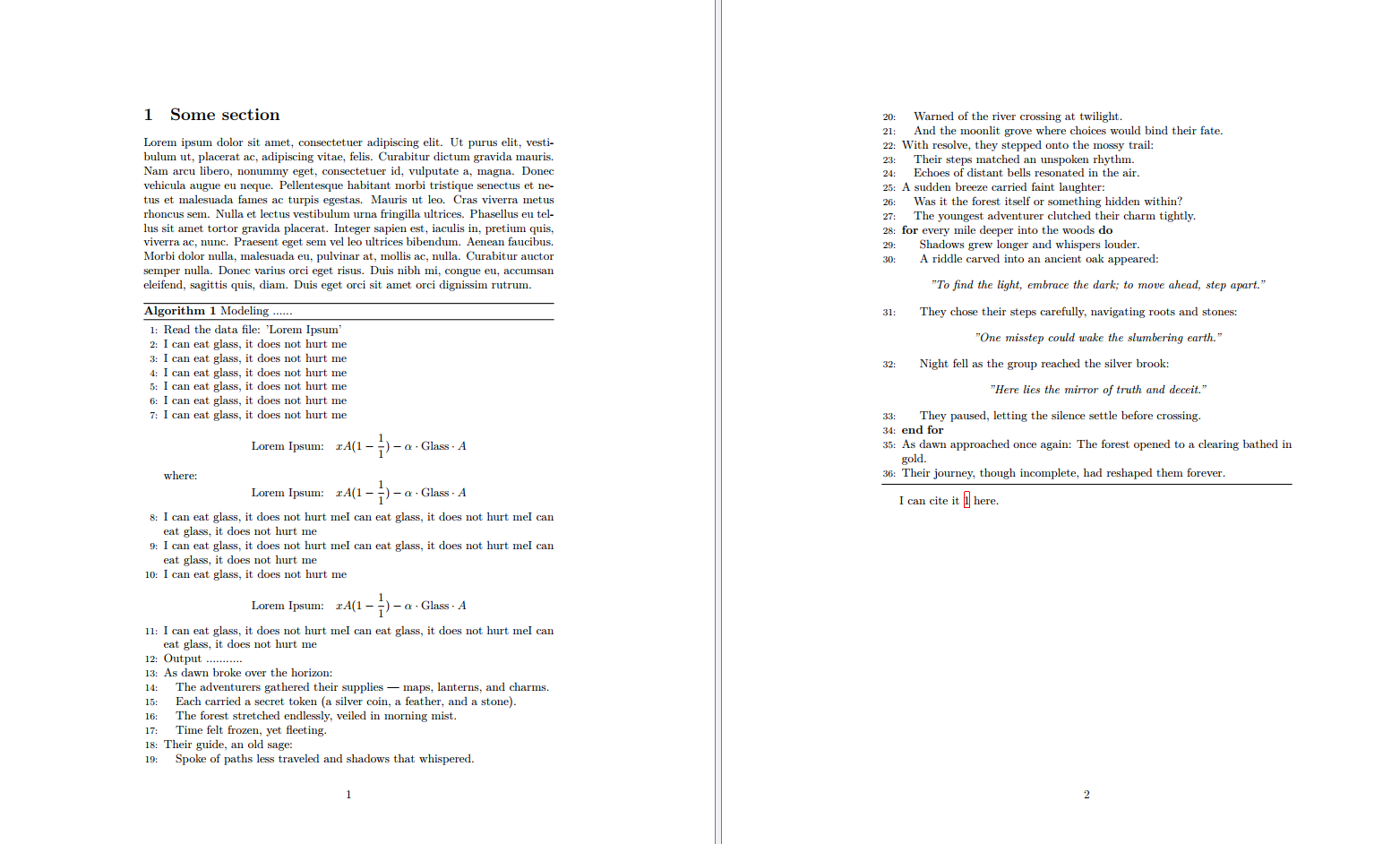
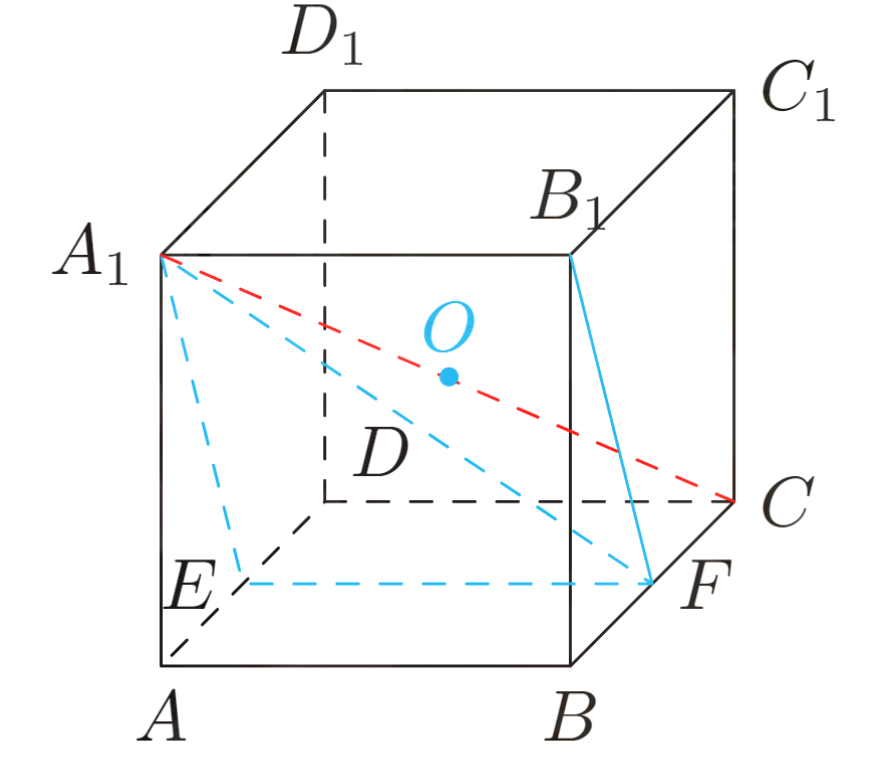

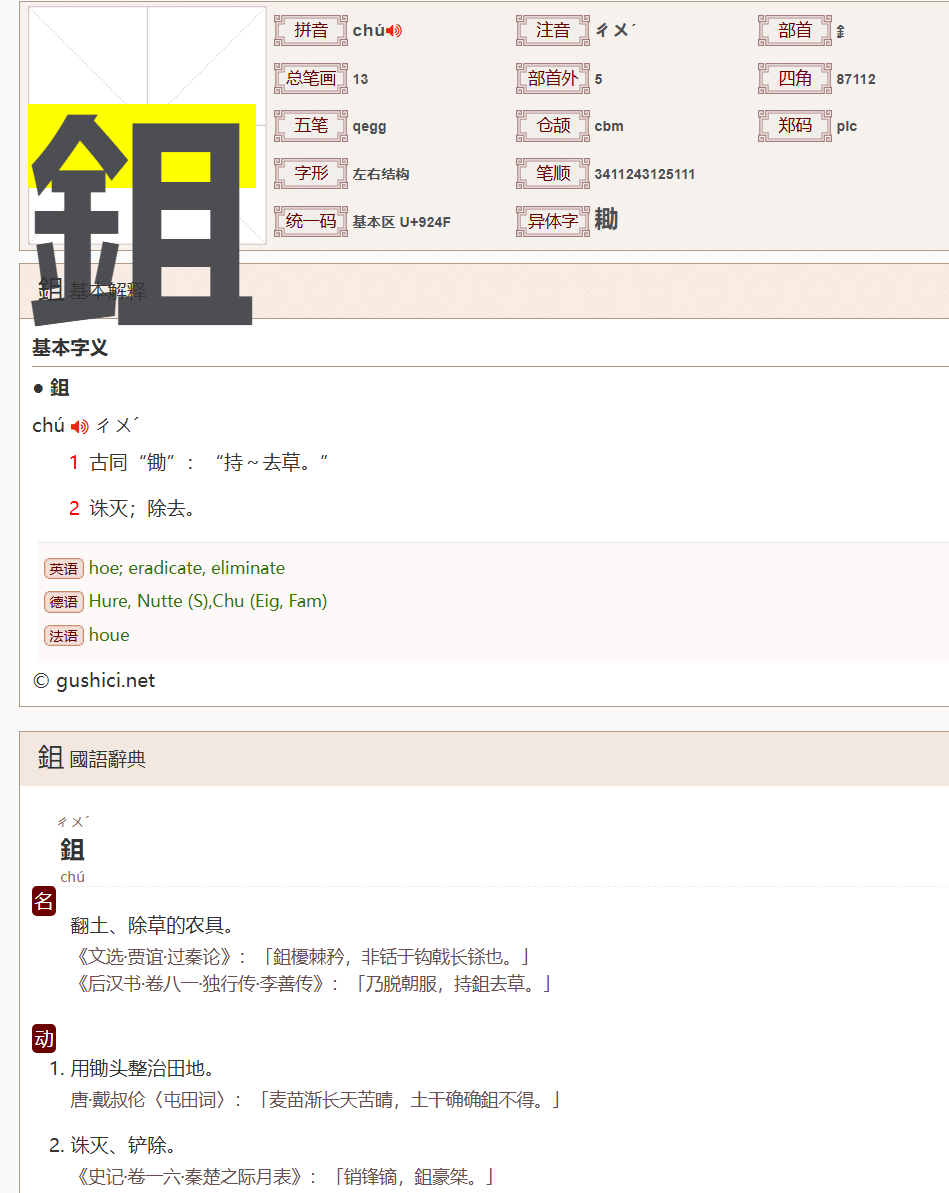



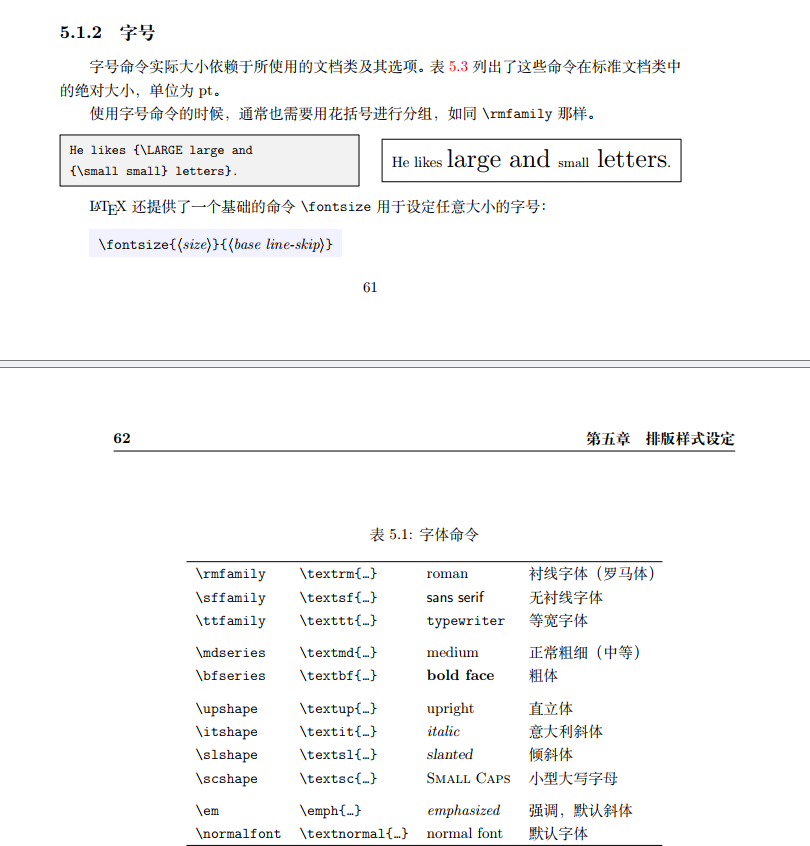
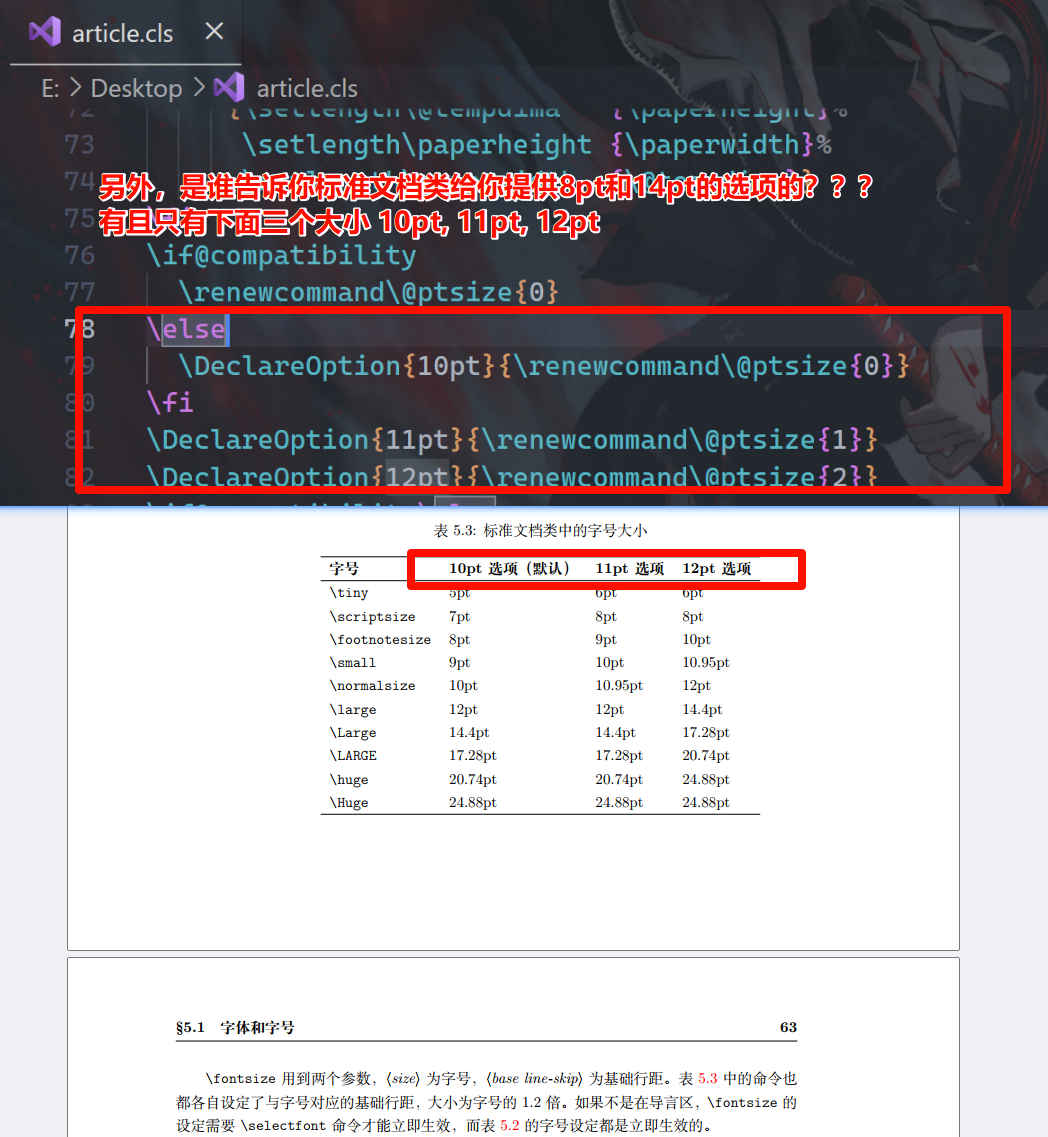
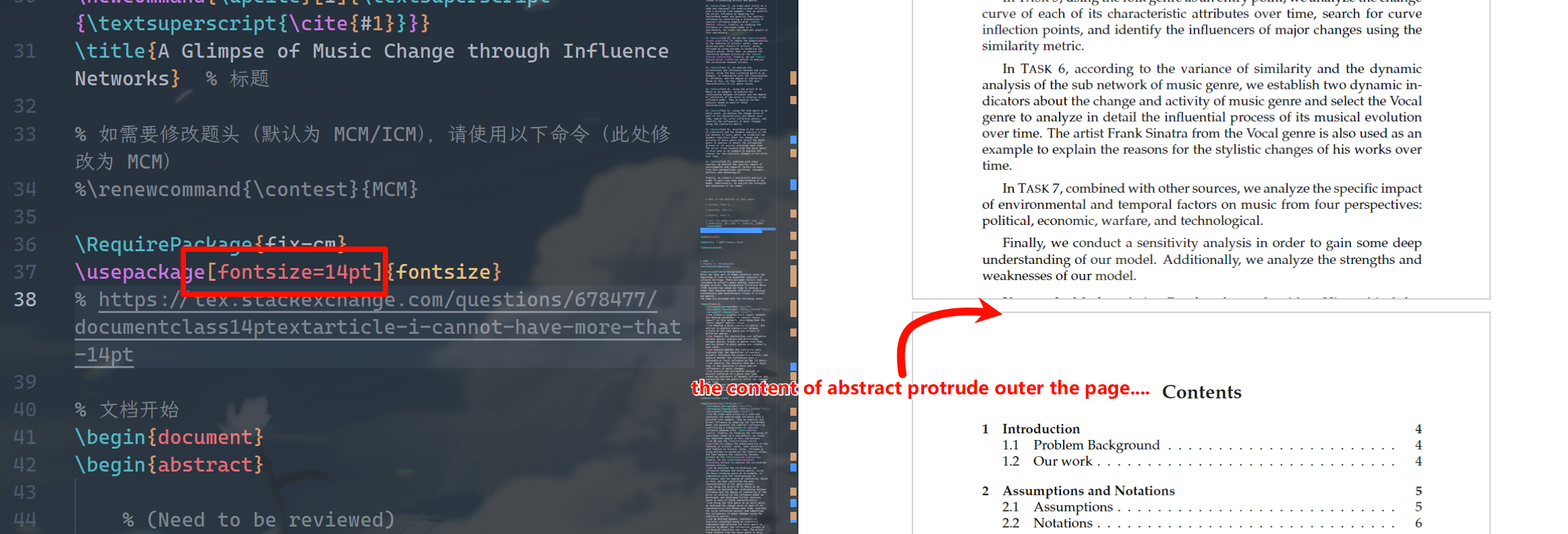


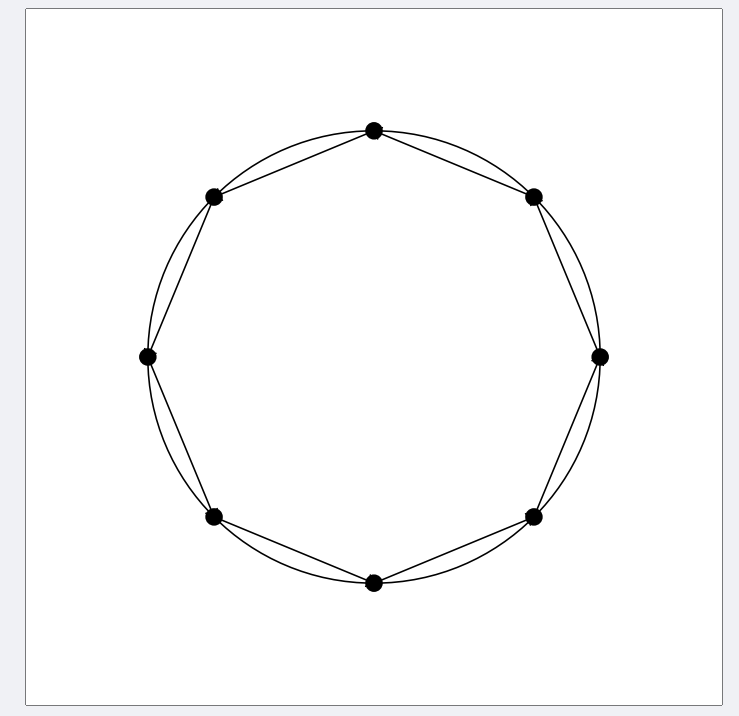


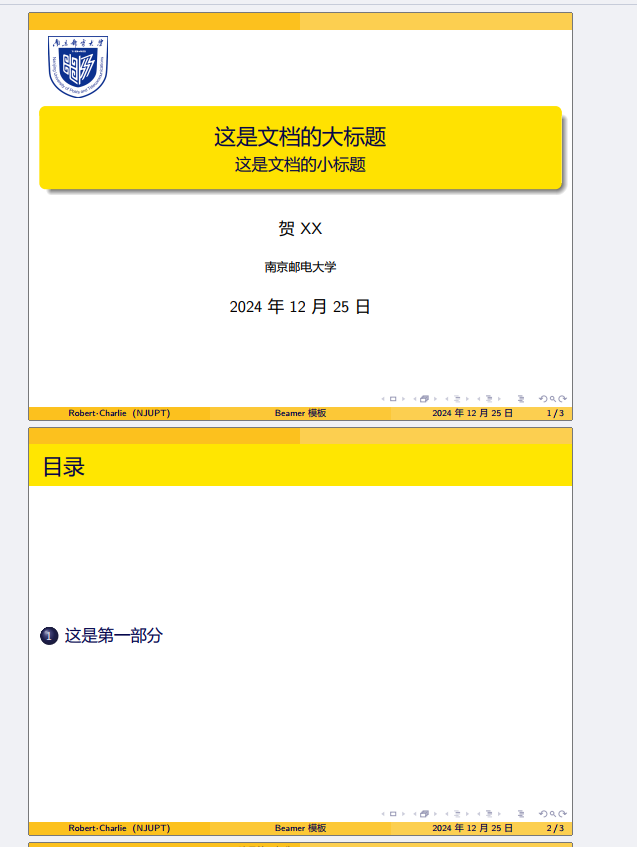

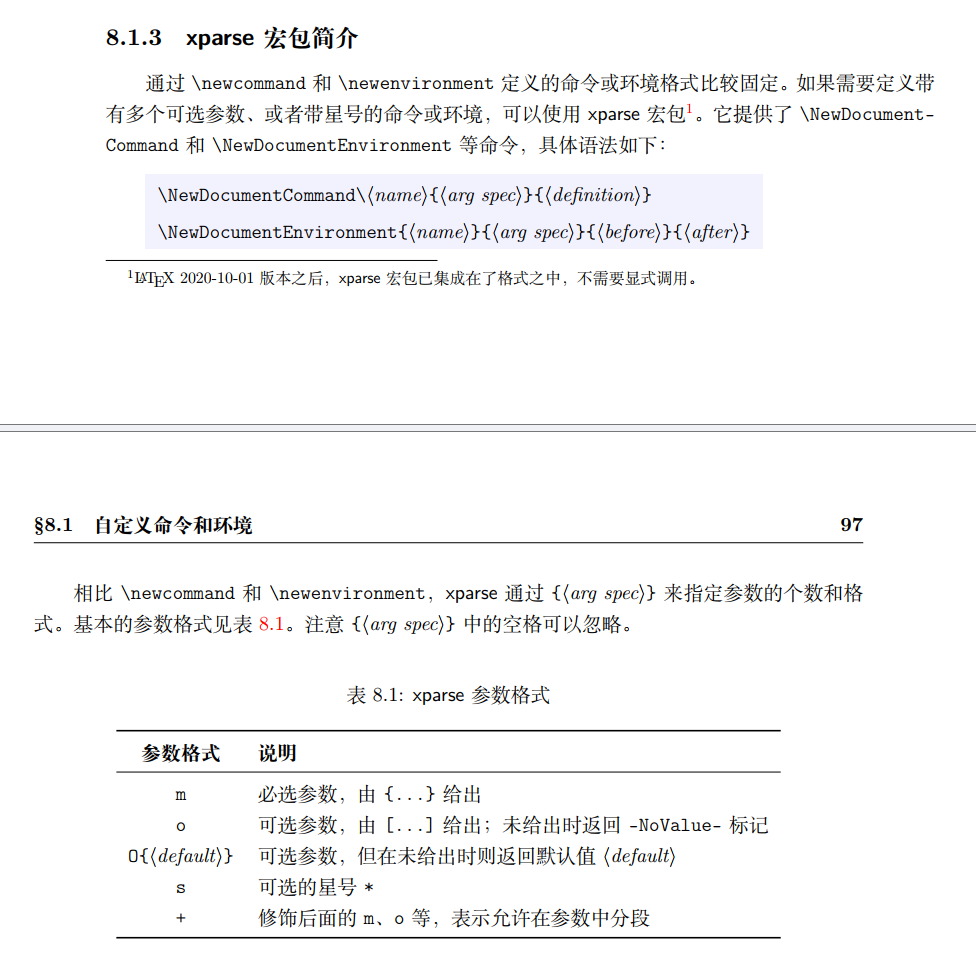




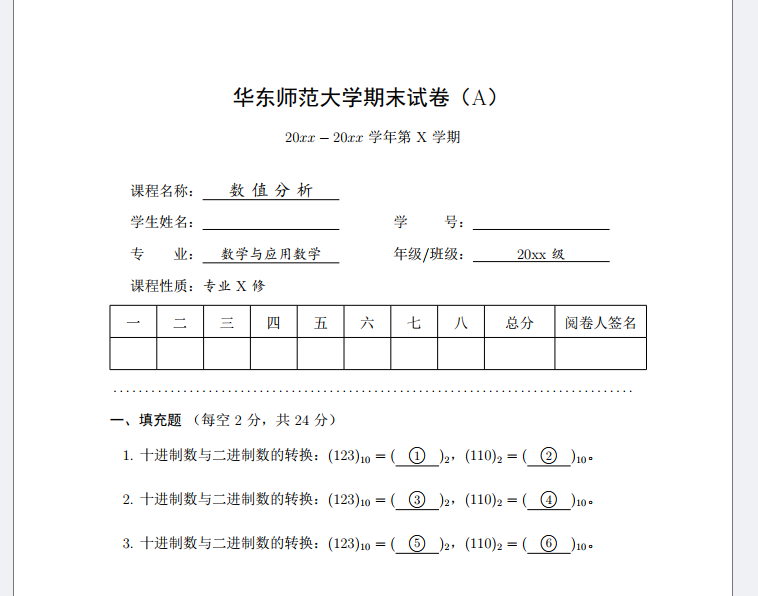

问 如何使表格中插入的图片行居中